My hometown is Binh Phuoc , a sunny and windy Southeast region. My childhood is associated with the image of tall cotton branches blooming white in a corner of the sky, occasionally interspersed with green and yellow fruits swaying in the wind and then gently falling as a gentle way to end a cotton's life.
People in my hometown rarely call the cotton tree by its full name, but simply call it by two simple words: cotton tree. Almost every garden in my hometown has cotton trees, sometimes growing wild, sometimes planted by people for harvesting. Cotton trees are usually planted along the edge of canals or hidden behind the porch so as not to take up too much land but still provide shade for fruit trees in the garden, or as pillars for pepper vines to grow.
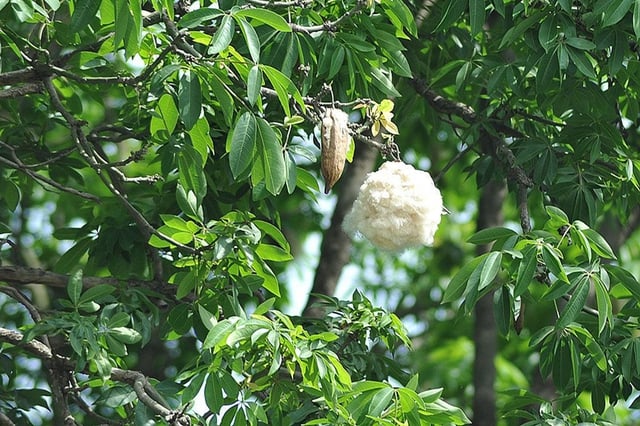
My father often compared the kapok tree to a poor family's child, so it is easy to raise and grows quickly. Also, the kapok tree grows wild, starting with dry seeds when the fruit bursts open. They often drift with the wind and wherever they fall, a sapling grows right there. A kapok branch cut from the tree trunk and buried in the ground covered with mud will also live and grow normally.
The kapok tree grows well thanks to the rain, bears fruit thanks to the sunlight and sows seeds thanks to the wind. The kapok tree grows quickly so the base of the tree is often as big as the star fruit tree in the garden, but the star fruit trunk is usually very solid, but when removed from the ground, the wood of the kapok tree is not useful, even very thin and rotten quickly.
When we were young, we had no hobbies to entertain ourselves, so we often hung around under the kapok trees growing close to the foot of the dike. Under the pale sunlight of the morning, we would lean against the kapok tree trunks, flip through the pages of books, or roll around on the grass and play until dusk. Mischievous children like us back then often twisted the low kapok branches to pick leaves, then playfully crushed them, pounded them, filtered the juice, put them in a plastic bag, added a little dishwashing liquid and stirred until it foamed. Then, we went to find young bamboo branches, stripped all the leaves and bent them into a small circle. We all gathered around a plastic bag, took turns dipping them lightly into the mixture, blowing out colorful bubbles that flew everywhere in the wind.
When it is time to flower and bear fruit, the kapok tree will gradually lose its leaves, leaving only clusters of fruit, each fruit is round and smooth. Sometimes they collide with each other when the wind changes, making a very pleasant sound. On leisurely summer afternoons, we children often hang around the base of the tree, using the tree to hit the fruit. When the kapok leaves the branch and falls to the ground, it makes a "pop pop" sound, which makes the children very excited. When we have had enough fun, we will all sit on the grass, form a circle, and peel the kapok to get the cotton.
I often brought those cotton balls home for my mother. Taking advantage of the hot and humid days, she would spread them out to dry, forming them into small, long threads that could be threaded through the holes in the lid of an oil lamp (fire) made from a bicycle valve. Cotton balls have the property of absorbing oil very quickly and burning very long, so they were popular with many people. Families in the countryside at that time often kept two to three of these lamps for lighting, also because there was no electricity at that time. The evenings in the countryside, thanks to a few of those simple lamps, became more peaceful and brighter.
In addition to lighting, after being harvested, my mother mainly used cotton to make pillows. My mother had a very skillful way of sewing square pillows. Looking at the cotton pillow that my mother made, sleepy children like me just wanted to lie down on it right away. My sisters and I, from small to large, slept on cotton mattresses that my mother made. The cotton mattress was very soft, supporting many peaceful and gentle dreams throughout our childhood.
When the cotton is all removed, the people in my hometown will use the cotton shell as firewood. My mother also often collects the cotton ash and soaks it in a jar, then settles the cotton ash water to wash her hair, without the need for soap, her hair is still soft and fragrant. The cotton seed is the last remaining part that we children are most excited about, because we can sell it for money to buy cakes. In my childhood days, as long as there was a rowing boat on the river with a sweet cry: "Who wants duck feathers, cotton seeds to exchange for lime and rice...", I would immediately carry a basin of black cotton seeds to sell, quickly run to the bakery, and buy some childhood snacks. Thinking back now, I see that the memories of those days were so sweet and happy.
In recent years, life has become more and more modern, causing the kapok tree to almost disappear. Children like mine will not know what the kapok tree looks like or what its uses are. Sometimes, when I return to Binh Phuoc, I suddenly see a few kapok trees standing alone in the wind, and my heart suddenly feels sad. I miss the years when the kapok tree devotedly served people during the hard times. Then I also miss my own jokes with cotton. I miss my mother's hands carefully scrubbing the cotton, leaving dust flying all over her head. She has gone far away, leaving her children with so many unforgettable memories.

Source link



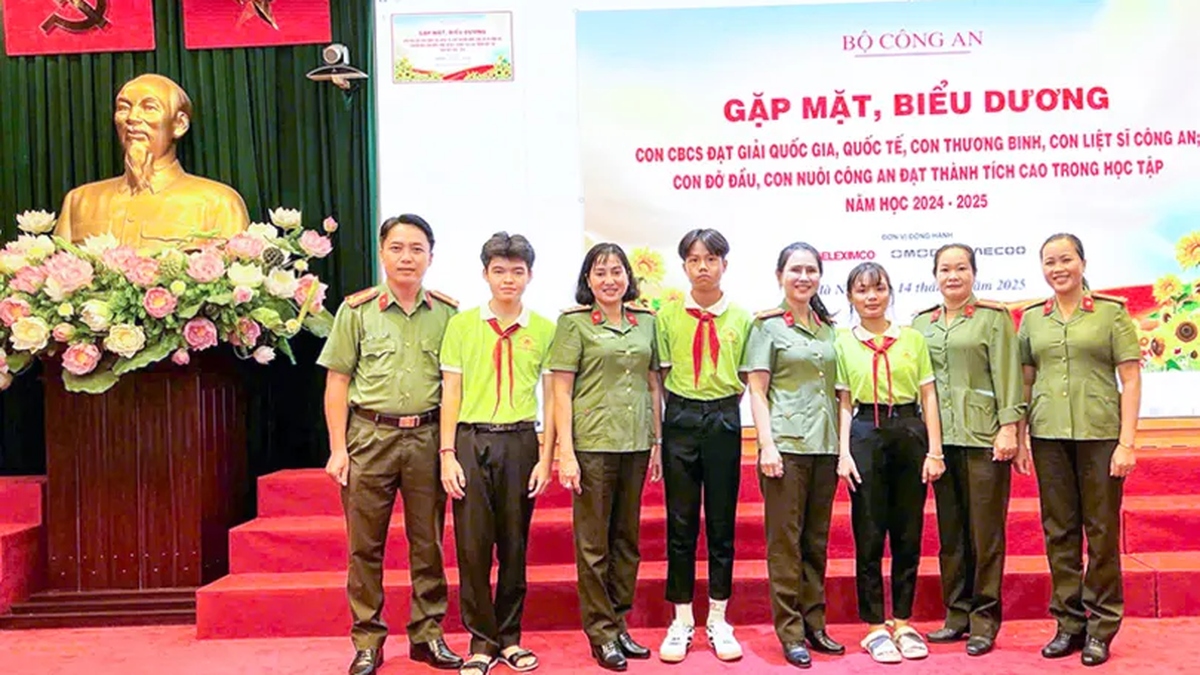


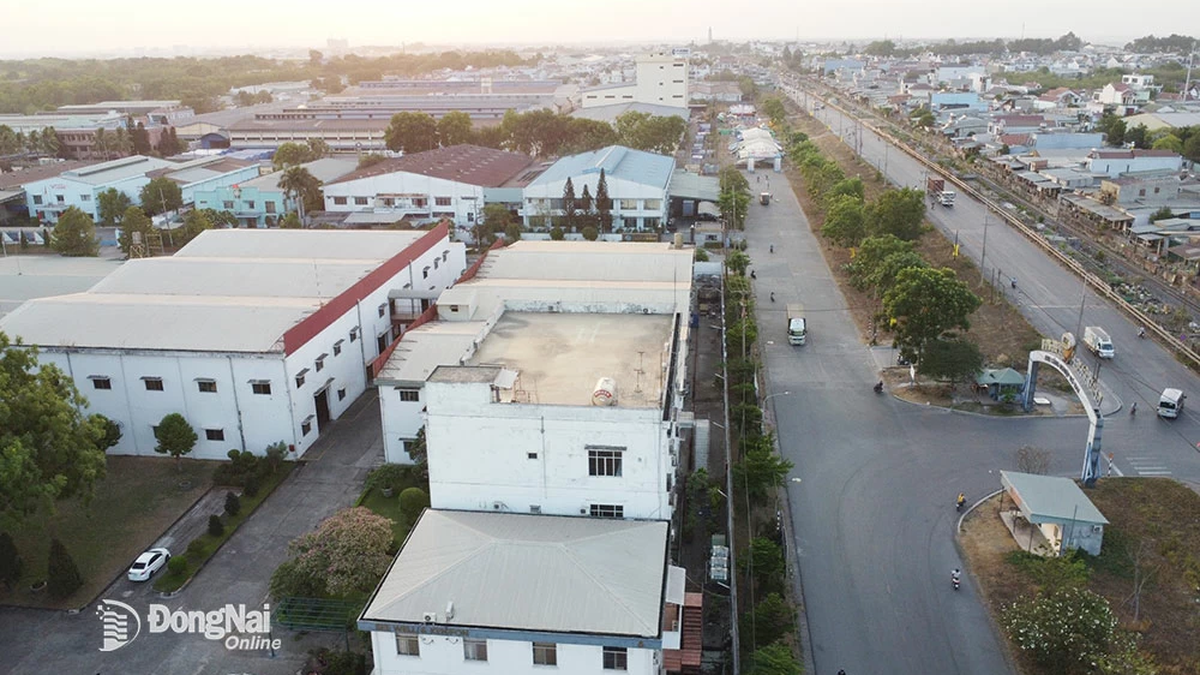
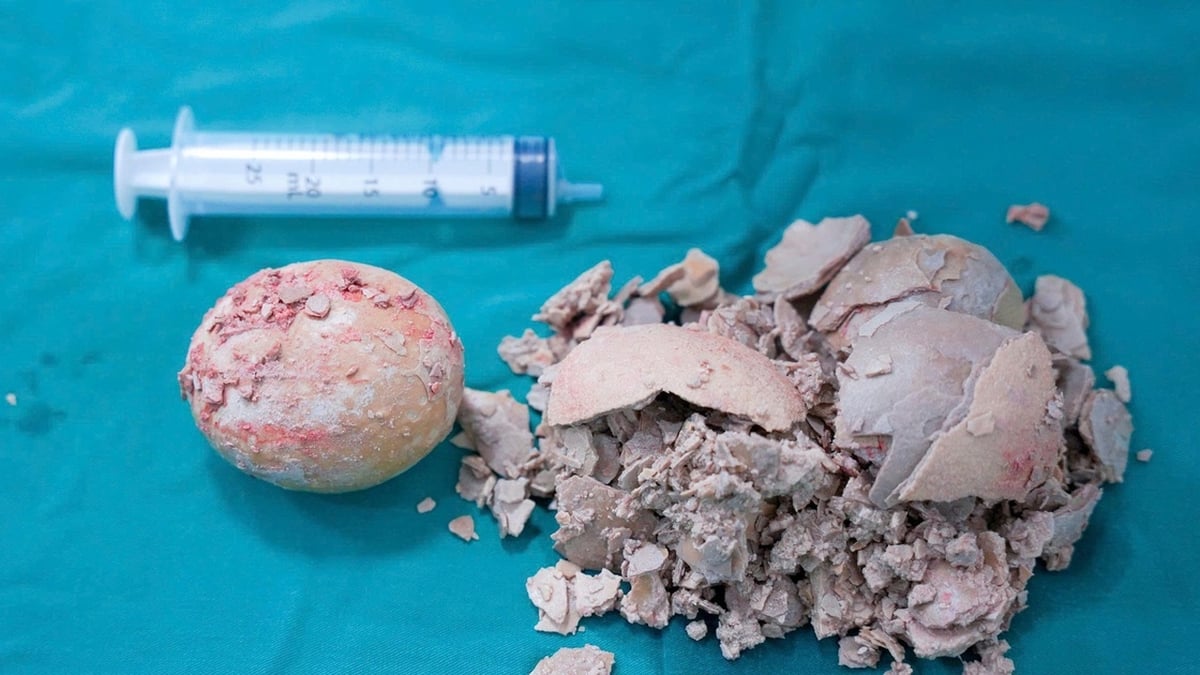













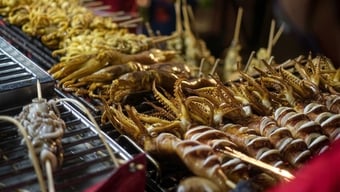







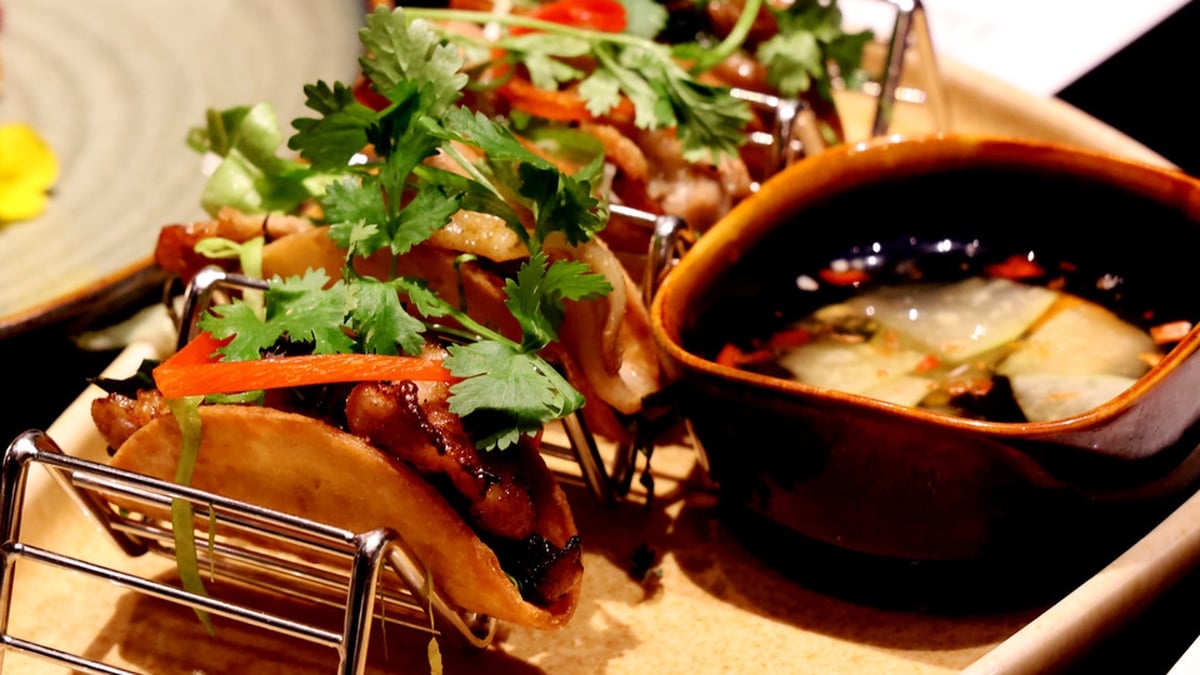




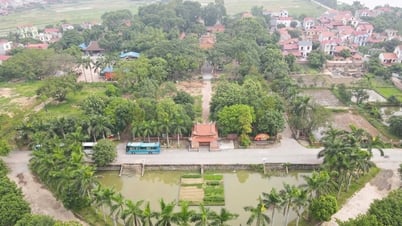









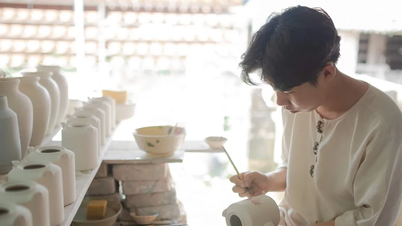




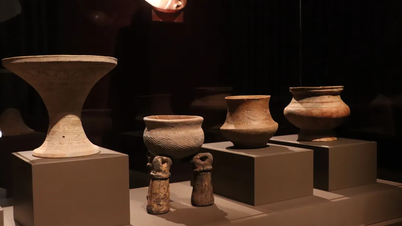


![[Maritime News] More than 80% of global container shipping capacity is in the hands of MSC and major shipping alliances](https://vphoto.vietnam.vn/thumb/402x226/vietnam/resource/IMAGE/2025/7/16/6b4d586c984b4cbf8c5680352b9eaeb0)
































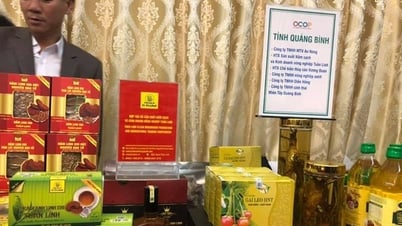









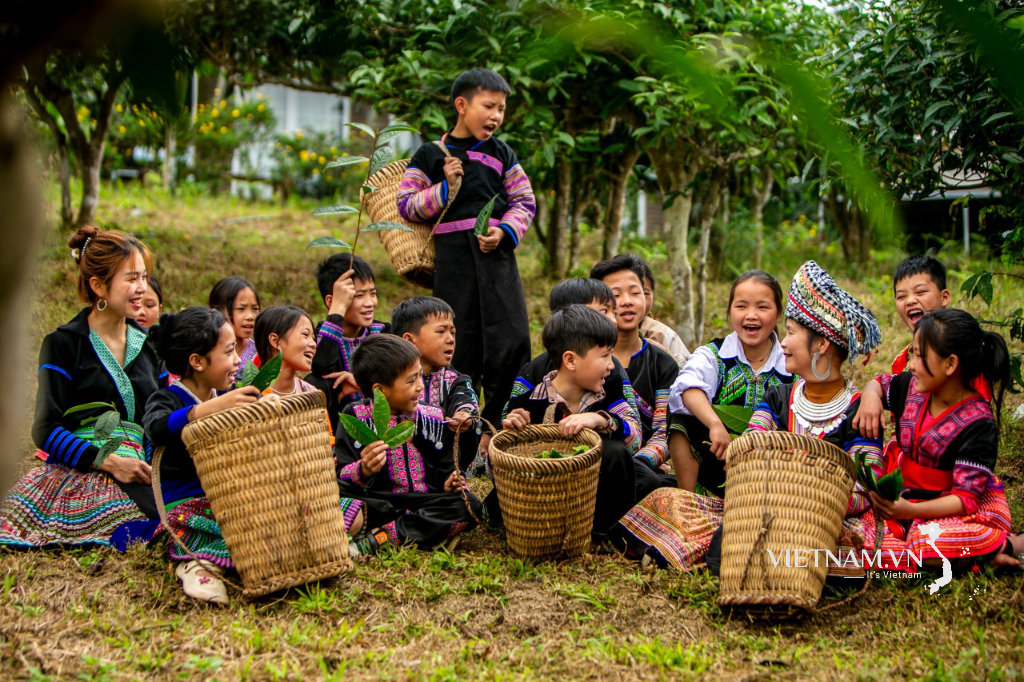
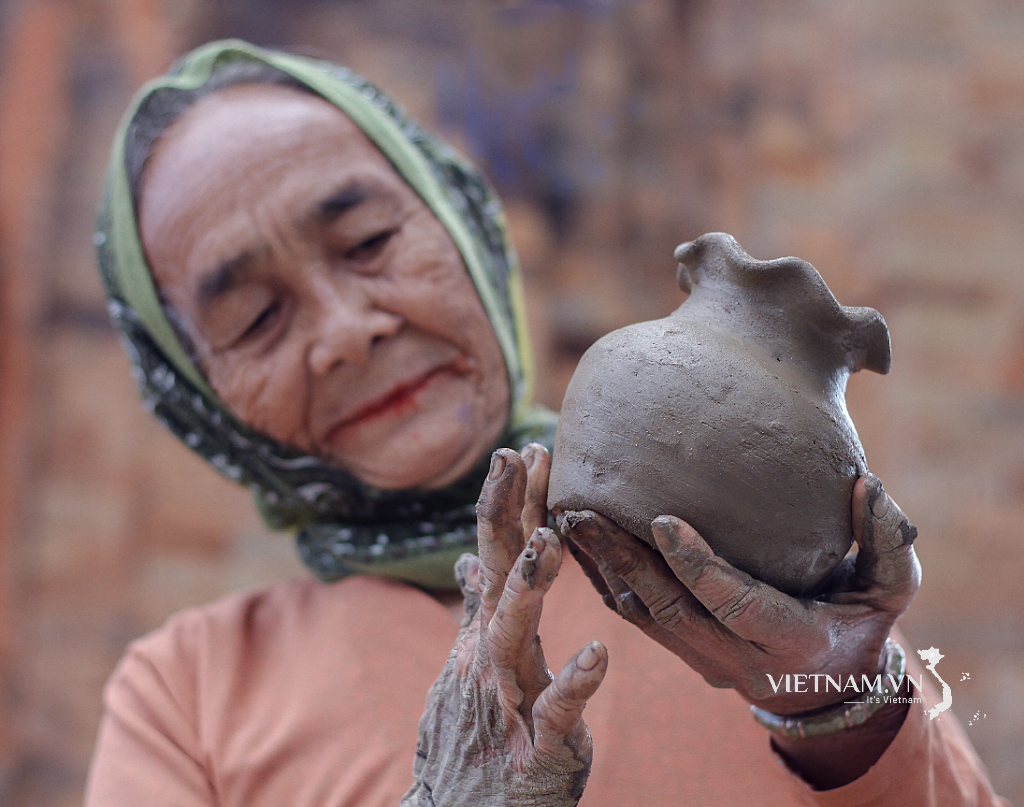

Comment (0)